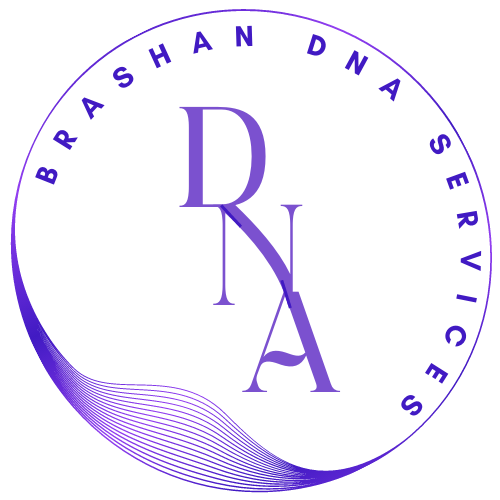How exact are Paternity DNA tests?
How exact are paternity DNA tests? Everyone has two copies of alleles for every gene they have in their nucleus. You get one copy from your father and one from your mother. The two alleles from everyone are tested and compared at specific locations on a chromosome between all the tested individuals. If there is a match of alleles between tested individuals, then they must have a biological relationship. If there are two or more mismatches between the alleles of tested individuals, then there is no biological relationship between them.
How exact are paternity DNA tests? Assessment
All samples are assessed twice to ensure the accuracy of the results and people are recommended to collect the samples first thing in the morning before brushing, to avoid contamination with food or drink.
How exact are paternity DNA tests? Calculations
DNA testing involves a forensic scientist conducting diagnostic testing and reading the DNA sequence in each sample. The scientist then calculates the probability of the tested individuals being related. If a relative of the alleged parent could be the biological parent of the child, the laboratory must have this information so that it can be taken into consideration during the statistical calculation.
A calculation of 99.99% leads to the conclusion that the alleged parent contributed to the sample assessed and therefore is declared as the child’s biological father.
A calculation of 0% however shows that there is no match between the child and the alleged parent and therefore is excluded as the biological father of the child.
Conclusion
The international standard for positive proof of paternity is at least 99 percent, with most being 99.9 percent or higher. It cannot be 100% unless every man in the world is tested.

